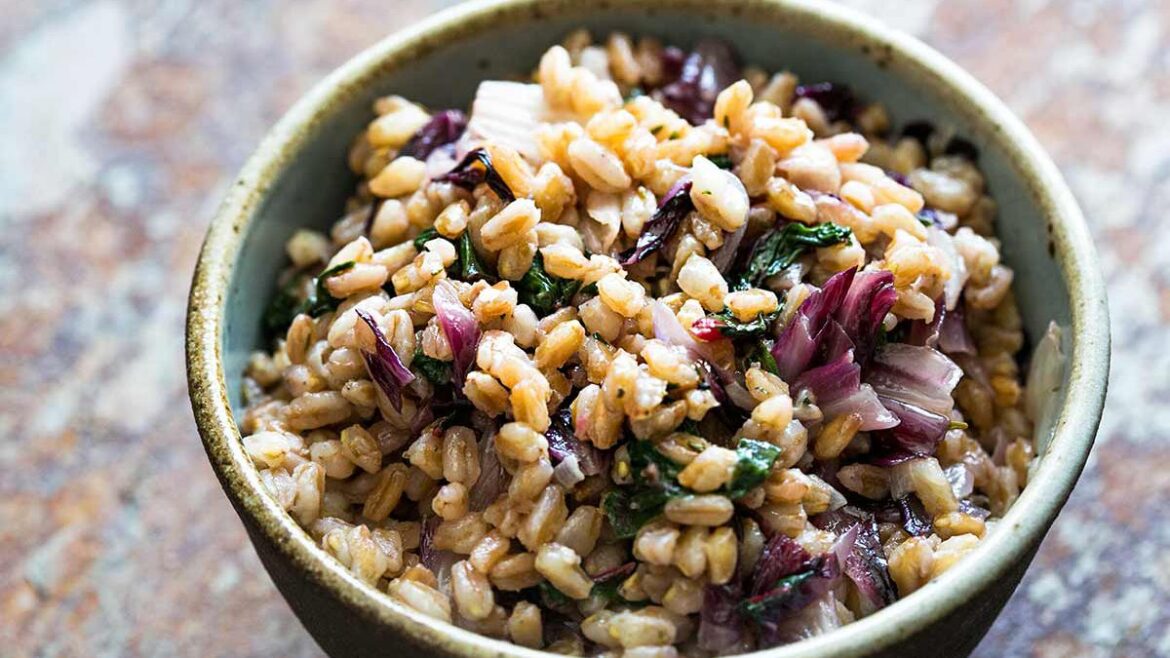Rice is a staple food in many cultures worldwide, providing a comforting base for countless meals. However, as health consciousness rises, many are seeking low-calorie alternatives that deliver the same versatility and satisfaction without the extra calories.
Explore some healthy low-calorie substitutes for rice that can easily be incorporated into your daily diet. These options are not only lower in calories but also packed with essential nutrients, making them great choices for anyone looking to maintain a balanced diet.
1. Quinoa
Quinoa is a highly nutritious grain that has gained popularity as a rice substitute. With approximately 222 calories per cooked cup, quinoa is slightly higher in calories than some other alternatives but offers a wealth of benefits. It is a complete protein, meaning it contains all nine essential amino acids, making it an excellent choice for vegetarians and vegans. Quinoa is also rich in fiber, which promotes digestive health and helps keep you feeling full longer.
How to Use Quinoa: Cook quinoa in a similar manner to rice by simmering it in water or broth. It can be used in salads, grain bowls, or as a side dish. Add vegetables, herbs, or spices to enhance its flavor and nutritional profile.
2. Cauliflower
Cauliflower has become a superstar in the world of healthy eating, particularly for those looking to cut calories. With just 25 calories per cup of cooked cauliflower rice, it’s an incredibly low-calorie alternative. This cruciferous vegetable is high in vitamins C and K, as well as fiber, making it a great addition to any diet.
How to Use Cauliflower: To make cauliflower rice, simply pulse raw cauliflower florets in a food processor until they resemble rice grains. Sauté it in a pan with a bit of olive oil, garlic, and your favorite seasonings. Cauliflower rice can be used in stir-fries, as a base for curries, or as a side dish.
3. Broccoli
Similar to cauliflower, broccoli can also be transformed into a rice-like dish. With only about 55 calories per cup when cooked, broccoli rice offers a plethora of nutrients, including vitamins C and K, folate, and potassium. Its high fiber content also aids in digestion and promotes satiety.
How to Use Broccoli: To prepare broccoli rice, chop broccoli florets and stems into small pieces using a food processor. Cook it lightly in a pan or steam it to retain its crunchiness. Broccoli rice works well in casseroles, stir-fries, or as a healthy side dish.
4. Barley
Barley is a whole grain that is often overlooked but is a fantastic low-calorie alternative to rice. A cup of cooked barley contains about 193 calories and is rich in fiber, especially beta-glucans, which can help lower cholesterol levels and improve heart health. Additionally, barley is packed with vitamins and minerals, including B vitamins, iron, and magnesium.
How to Use Barley: Cook barley in water or broth, similar to rice. It has a chewy texture and nutty flavor, making it a great addition to soups, salads, and grain bowls. Consider using it as a base for stir-fries or alongside roasted vegetables for a hearty meal.
5. Cabbage
Cabbage is another low-calorie vegetable that can serve as a rice substitute. With only about 22 calories per cup of cooked cabbage, it’s a fantastic option for those looking to reduce their calorie intake. Cabbage is also rich in vitamins C and K, and its high fiber content aids in digestion.
How to Use Cabbage: Shred cabbage finely and sauté it in a pan until it softens. You can also use it as a wrap for various fillings, turning it into a healthy alternative to traditional wraps or tortillas. Cabbage can be added to stir-fries, soups, or even salads for an added crunch.
6. Bulgur Wheat
Bulgur wheat is a whole grain made from cracked wheat and is an excellent source of fiber and protein. With approximately 150 calories per cooked cup, bulgur is lower in calories than white rice, making it a nutritious alternative. It is also quick to prepare, requiring just a few minutes of cooking or soaking in hot water.
How to Use Bulgur: Bulgur can be used in a variety of dishes, including tabbouleh, salads, or as a side dish. Its nutty flavor pairs well with roasted vegetables, beans, and spices. You can also use it as a filling for stuffed peppers or alongside grilled meats.
7. Millets
Millets are ancient grains that are gluten-free and nutrient-dense, with about 207 calories per cooked cup. They are high in fiber, protein, and essential minerals like magnesium and phosphorus. Millets are also known for their potential to support heart health and regulate blood sugar levels.
How to Use Millets: Cook millets similarly to rice by simmering them in water or broth. They can be used in porridge, salads, or as a base for curries. Millets have a slightly nutty flavor, making them a versatile ingredient in various dishes.
Key Takeaway
Incorporating these healthy low-calorie alternatives to rice into your daily meals can help diversify your diet while keeping calories in check. Each of these options offers unique flavors and textures, along with numerous health benefits. Whether you opt for quinoa, cauliflower, broccoli, barley, cabbage, bulgur wheat, or millets, you can enjoy delicious and nutritious meals without sacrificing flavor or satisfaction.
So, the next time you’re planning a meal, consider swapping out traditional rice for one of these healthier alternatives to elevate your culinary experience!

